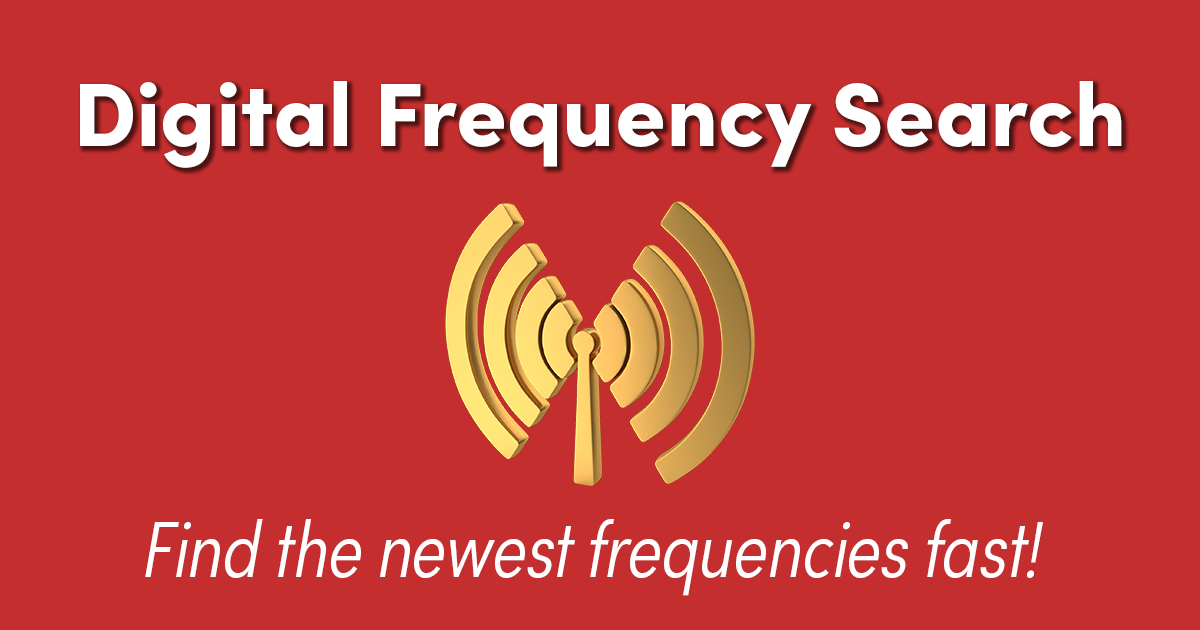There a way to find the talkgroup, from a search?
I recommend to use that 450-470 search range, set the appropriate step size and set audio type to dual mode analog/digital. Set recorder on and the delay to -10 (negative 10).
Listen for a few minutes and avoid any unwanted frequencies like pager systems.
Let it record for as long as you can when you are not listening to the scanner, a few days incl weekend to catch every kind of transmissions.
Use the Universal audio file player by deim here on RR. It will show color codes and TG's for any digital transmissions. Compare all findings with the database, search for the frequency in RR's database for your state and delete those recordings that match.
The rest of the recordings will be the ones that no one have reported to RR to be included in the database. Program analog frequencies in a system and listen to them as much as possible to be able to determine who is using them. Maybe their license information will help.
Put the DMR frequencies in a OFT system and listen and make notes of if the same TG number appear in several frequencies that then probably belongs to a trunked system. You might need to set each frequency in its own site with a unique site name to tell what frequency your are monitoring, depending of how much detail the display will show.
Those frequencies that belongs to a trunked systems, the same TG can be heard on several frequencies, needs to be programmed in their own MotoTrbo systems and run the LCN finder on them.
This is the procedure that I use when systems are totally unknown and no database are available or FCC information.
/Ubbe


